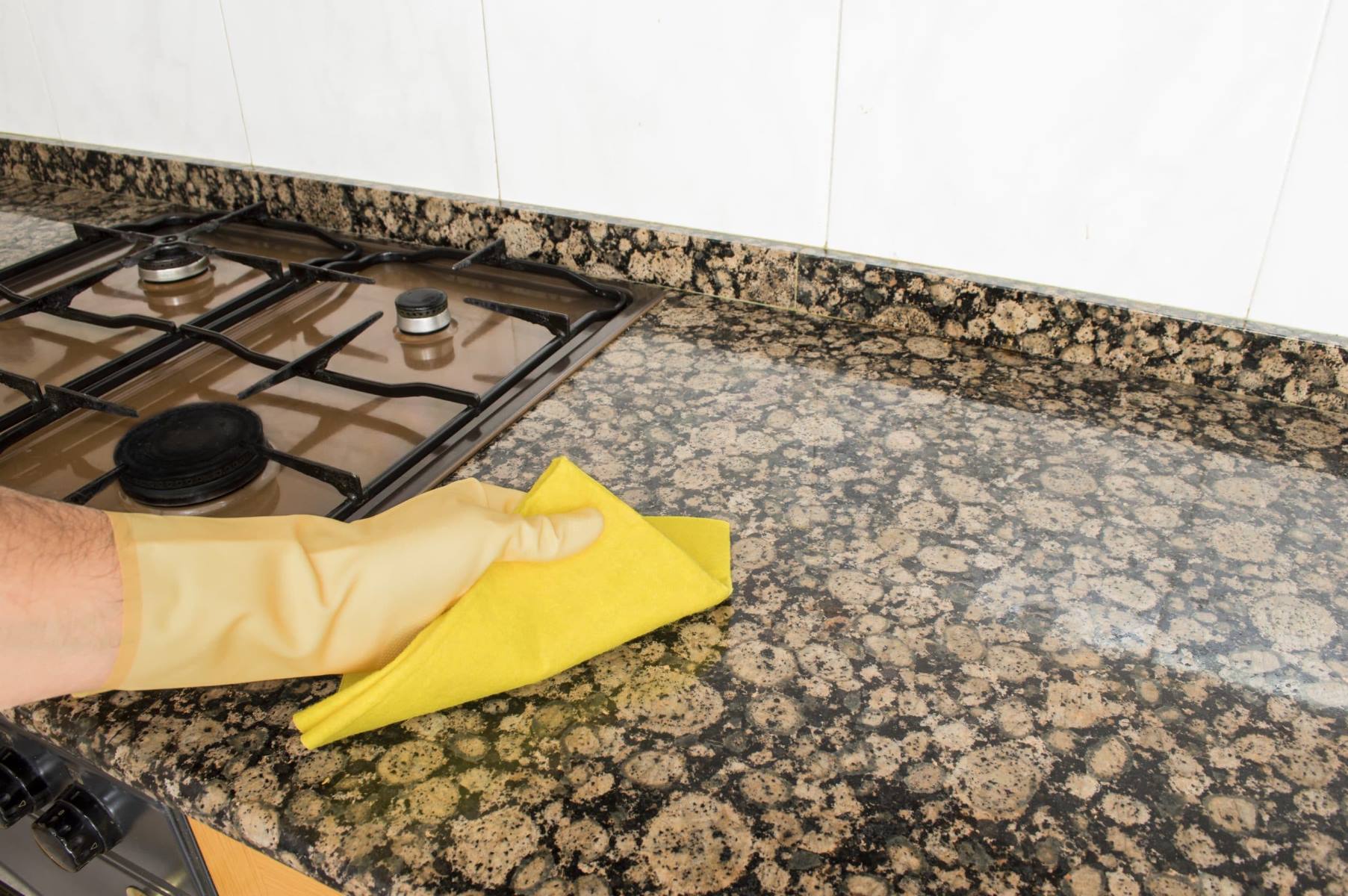

Articles
How To Seal Granite Countertops
Modified: February 24, 2024
Learn how to seal granite countertops with our informative articles. Discover the best methods and products to keep your countertops protected and looking beautiful.
(Many of the links in this article redirect to a specific reviewed product. Your purchase of these products through affiliate links helps to generate commission for Storables.com, at no extra cost. Learn more)
Introduction: Importance of Sealing Granite Countertops
Granite countertops are a popular choice for kitchens and bathrooms due to their durability, beauty, and resistance to heat and scratches. However, to keep them looking their best and to protect them from stains and damage, it is crucial to seal your granite countertops. Sealing is an essential step in the maintenance of granite surfaces, and neglecting it can result in costly repairs or replacements.
When granite is quarried and fabricated into countertops, it is a porous natural stone. This means that without proper sealing, liquids, oils, and other substances can easily penetrate the surface and cause discoloration, staining, and etching. Sealing helps to create a protective barrier, preventing these substances from entering the stone.
The primary reasons why sealing granite countertops is vital are:
- Stain Prevention: Sealing creates a barrier that helps to repel liquids and prevent them from seeping into the porous surface of the granite. This is especially crucial in areas where spills are common, such as the kitchen. By sealing your countertops, you can minimize the risk of stains and make cleaning spills easier.
- Enhanced Durability: Sealing helps to strengthen the granite surface and protect it from chips, cracks, and scratches. With proper sealing, your countertops will have a longer lifespan, allowing you to enjoy their beauty and functionality for years to come.
- Prevention of Bacterial Growth: Granite countertops that are not sealed can provide a breeding ground for bacteria and germs due to its porous nature. Sealing the surface inhibits the growth of such microorganisms, making your countertops more hygienic and safe for food preparation and everyday use.
- Preservation of Natural Beauty: Granite is known for its natural beauty, and sealing helps to retain its original color and luster. Sealing prevents fading and discoloration caused by exposure to sunlight or harsh cleaning chemicals, ensuring that your countertops maintain their visual appeal.
Overall, the importance of sealing granite countertops cannot be overstated. It is an effective way to protect your investment, maintain the beauty of your countertops, and ensure their longevity. In the next sections of this article, we will explore the process of sealing granite countertops in detail, from preparation to application and maintenance.
Key Takeaways:
- Sealing granite countertops is essential for stain prevention, enhanced durability, bacterial growth prevention, and preservation of natural beauty. Choosing the right sealer and maintaining a regular cleaning routine are crucial for long-lasting protection.
- Properly preparing, applying, and allowing the sealer to cure and dry are vital steps in the sealing process. Regularly monitoring the sealer’s condition and reapplying it as needed will ensure the continued beauty and functionality of your granite countertops.
Understanding Granite Countertops: Characteristics of Granite – Why Granite Countertops Need to be Sealed
Granite is a natural stone that is formed deep beneath the Earth’s surface over thousands of years. It is composed mainly of quartz, feldspar, and mica, which give it its unique appearance and strength. Granite is renowned for its durability, resistance to heat, and distinctive patterns and colors, making it a popular choice for countertops in kitchens and bathrooms.
However, despite its durability, granite is a porous material. This means that it has microscopic pores and fissures that can absorb liquids and stains if left unprotected. This is why sealing granite countertops is crucial.
The characteristics of granite that make sealing necessary are:
- Porosity: Granite is a naturally porous stone, with varying degrees of porosity depending on the specific type and composition. This porosity allows liquids, oils, and other substances to penetrate the surface, leading to stains, discoloration, and potential damage if not properly sealed.
- Sensitivity to Acids: Granite is susceptible to damage from acidic substances such as vinegar, citrus juices, and certain cleaning products. The acid can eat away at the surface of the granite, causing etching and dulling of the finish. By sealing the granite, you create a protective barrier that reduces the risk of damage from acids.
- Exposure to Moisture: In areas like kitchens and bathrooms, granite countertops are frequently exposed to moisture from spills, condensation, and even routine cleaning. When water or other liquids seep into the pores of untreated granite, it can lead to water spots, mold, and mildew growth. Sealing the countertops helps to prevent moisture absorption and the associated problems.
- Protection against Stains: Granite countertops are susceptible to staining from substances such as wine, coffee, oil, and food coloring. Sealing provides a protective layer that repels these substances, making it easier to clean up spills and reducing the likelihood of permanent stains.
To ensure the long-lasting beauty and functionality of your granite countertops, sealing is a necessary step. It helps to minimize the risks associated with everyday use, such as potential staining, etching, and damage caused by moisture and acidic substances. In the next sections, we will delve into the process of preparing and sealing granite countertops, guiding you through the steps to achieve optimal results.
Preparation for Sealing: Cleaning the Granite Surface – Removing Any Stains or Residue
Before sealing your granite countertops, it is important to thoroughly clean the surface and remove any stains or residue. This ensures that the sealer can penetrate the stone effectively and provides a clean and even surface for the sealing process.
The following steps outline the preparation process for sealing granite countertops:
- Clear the Countertops: Remove any items, such as appliances, dishes, or decorative objects, from the countertops to allow easy access for cleaning.
- Dust and Sweep: Use a soft, dry cloth or a microfiber duster to remove any dust, crumbs, or loose debris from the countertops. Follow this by sweeping the surface with a soft-bristle broom or a vacuum cleaner with a soft brush attachment.
- Gentle Cleaning: Mix a few drops of mild dish soap with warm water to create a gentle cleaning solution. Dip a soft cloth or sponge into the solution and gently wipe down the surface of the granite countertops to remove any dirt or grease. Avoid harsh chemicals, abrasive cleaners, or scrub brushes as these can cause damage to the stone.
- Rinse Thoroughly: After cleaning with the soapy solution, rinse the countertops thoroughly with clean water. Make sure to remove all traces of soap residue to avoid any interference with the sealing process.
- Treat Stains: If you notice any stubborn stains or residue on the granite, you may need to use a specific granite cleaner or a homemade solution of baking soda and water as a spot treatment. Apply the cleaner or paste to the affected area, gently scrub with a soft bristle brush, and then rinse thoroughly. Repeat this process as necessary until the stain is removed.
- Dry Completely: Allow the granite countertops to air dry completely after cleaning. Alternatively, you can use a clean, lint-free cloth to dry the surface. Ensure that no moisture remains on the countertops before moving on to the sealing process.
By properly cleaning and preparing your granite countertops before sealing, you ensure that the sealer can bond effectively with the stone surface and provide maximum protection. It is crucial to follow these preparation steps meticulously to achieve the best sealing results and maintain the beauty and longevity of your granite countertops.
Selecting the Right Sealer: Different Types of Sealers Available – Factors to Consider When Choosing a Sealer
When it comes to sealing granite countertops, selecting the right sealer is essential to ensure optimal protection and longevity. There are various types of sealers available in the market, each offering different benefits and considerations. Understanding the different options and factors to consider will help you make an informed decision.
Here are the different types of sealers commonly used for granite countertops:
- Topical Sealers: These sealers create a protective layer on the surface of the granite. They are typically made of resins or waxes and provide a glossy or matte finish. Topical sealers are relatively easy to apply and can provide good stain resistance. However, they may require more frequent reapplication compared to other types of sealers due to wear and tear.
- Penetrating Sealers: Penetrating sealers are absorbed into the porous granite surface, creating a protective barrier from within. They do not alter the natural appearance of the granite and provide long-lasting protection. These sealers work by chemically bonding to the stone, increasing its resistance to stains and moisture. Keep in mind that some penetrating sealers may darken the granite slightly, enhancing its natural colors.
- Impregnators: Impregnators are a type of penetrating sealer that provides excellent protection against stains and moisture. They chemically react with the granite to create a hydrophobic barrier, repelling liquids and preventing staining. Impregnators are known for their durability and can last for several years before requiring reapplication.
- Enhancing Sealers: Enhancing sealers are designed to enrich the natural colors of the granite, providing a deeper, richer appearance. These sealers contain resins or color-enhancing agents that darken the stone, highlighting its innate beauty. It is important to note that enhancing sealers may also offer some degree of protection against stains, but their primary purpose is to enhance the aesthetics of the granite.
When choosing a sealer for your granite countertops, consider the following factors:
- Porosity of the Granite: Determine the porosity of your granite countertops to understand the level of protection required. More porous granite may benefit from impregnators or penetrating sealers, while less porous granite may only require a topical sealer.
- Lifestyle and Usage: Consider your lifestyle and how the countertops will be used. If you have a busy household with frequent spills and heavy usage, opt for a sealer that offers excellent stain resistance and durability.
- Desired Finish: Decide on the preferred finish for your countertops. If you want a natural look, go for a penetrating sealer or impregnator. If you prefer a glossy or matte finish, a topical sealer would be more suitable.
- Application and Maintenance: Consider the ease of application and maintenance of the sealer. Some sealers require professional application, while others can be applied by homeowners. Additionally, check the recommended reapplication schedule to determine the level of maintenance required.
By considering the type of sealer and these important factors, you can choose the right sealer for your granite countertops. This will provide the optimal protection against stains, moisture, and other potential damage, ensuring that your countertops remain beautiful and resilient for years to come.
Use a high-quality granite sealer to protect your countertops from stains and spills. Apply the sealer in a well-ventilated area and follow the manufacturer’s instructions for best results.
Applying the Sealer: Step-by-Step Guide to Applying the Sealer – Tips for an Even and Thorough Application
Once you have selected the appropriate sealer for your granite countertops, it is time to apply the sealer to ensure maximum protection. Applying the sealer correctly is crucial to achieve an even and thorough coverage. Follow this step-by-step guide to successfully apply the sealer:
- Prepare the Area: Clear the countertops and ensure that the surrounding area is protected from any potential spillage or sealer drips. Lay down drop cloths or newspaper to catch any excess sealer.
- Read the Instructions: Carefully read the instructions and recommendations provided by the sealer manufacturer. Different sealers may have specific application techniques and drying times, so it is important to follow their guidelines for the best results.
- Test in a Small Area: If you are using a sealer for the first time or are unsure about its compatibility with your granite, it is always a good idea to test it in a small, inconspicuous area. This will allow you to observe the results and ensure that the sealer does not cause any adverse effects on the granite.
- Apply a Small Amount of Sealer: Pour a small amount of the sealer onto the granite surface, starting in a corner or along the edges. Use an applicator brush or a lint-free cloth to spread the sealer evenly across the countertop. Work in small sections to ensure that each area receives sufficient coverage.
- Allow the Sealer to Soak: Let the sealer sit on the surface for the recommended amount of time specified in the manufacturer’s instructions. This allows the sealer to penetrate the granite and create a protective barrier. Avoid touching or wiping the area during this time.
- Wipe off Excess Sealer: After the soaking period, use a clean, dry cloth to gently wipe off any excess sealer from the surface. Ensure that no sealer is left sitting on the countertop, as it may cause streaks or an uneven finish.
- Allow the Sealer to Cure: Allow the sealer to cure based on the manufacturer’s recommendations. This curing time allows the sealer to fully bond with the granite and provide optimal protection. It is important to avoid placing any objects on the countertops or using them during this curing period.
While applying the sealer, keep the following tips in mind for an even and thorough application:
- Work in a Well-Ventilated Area: Ensure there is sufficient airflow in the room to prevent the inhalation of fumes from the sealer.
- Apply Thin Layers: It is better to apply multiple thin layers of sealer rather than one thick layer. This ensures proper absorption and prevents the sealer from pooling or leaving streaks on the countertop.
- Avoid Overapplication: Apply only as much sealer as the granite can absorb. If you notice excessive pooling or the sealer does not seem to be penetrating the surface, wipe off the excess with a clean cloth.
- Use Even Strokes: Apply the sealer using even strokes, moving in one direction, to achieve a uniform finish. This helps to distribute the sealer evenly across the countertop.
- Follow Recommended Reapplication Schedule: Depending on the sealer’s durability and the level of usage, it is important to follow the recommended reapplication schedule provided by the manufacturer. Regularly resealing your granite countertops will ensure ongoing protection and maintain their appearance.
By following these steps and tips, you can effectively apply the sealer to your granite countertops, protecting them from stains, moisture, and other potential damage. With proper sealing and maintenance, your countertops will continue to look stunning and perform well for years to come.
Read more: How Often Should I Seal Granite Countertops
Curing and Drying Process: Allowing the Sealer to Cure Properly – Proper Drying Time for Effective Sealing
After applying the sealer to your granite countertops, it is important to allow sufficient time for it to cure and dry properly. This step is critical to ensure that the sealer bonds effectively with the granite and provides the desired level of protection. The curing and drying process is as important as the application itself.
Here is some essential information about the curing and drying process for effective sealing:
- Read the Manufacturer’s Instructions: The manufacturer of the sealer will provide specific guidelines regarding the curing and drying time. It is crucial to carefully read and follow these instructions for the best results.
- Curing Time: Curing time refers to the period required for the sealer to fully bond with the granite. This can vary depending on the type of sealer and the specific product used. Typically, the recommended curing time ranges from a few hours to 24 hours. During this time, it is important to avoid touching, placing objects, or using the countertops to allow the sealer to set properly.
- Drying Time: After the sealer has cured, there is still a drying phase that needs to occur. This allows any remaining solvent or moisture to evaporate completely, leaving a dry, protective layer on the countertop. The drying time can vary depending on factors such as temperature, humidity, and the specific sealer used. It is generally recommended to allow at least 24 hours for the sealer to dry before using the countertops again.
- Avoid Water Exposure: During the curing and drying process, it is important to avoid any exposure to water or moisture. Water can interfere with the bonding process of the sealer and may affect its effectiveness. Be cautious and avoid cleaning the countertops or allowing any spills during this time.
- Follow Precautions: While the sealer is curing and drying, it is crucial to follow any precautionary measures recommended by the manufacturer. This could include avoiding direct sunlight, preventing heavy objects from being placed on the countertops, or refraining from using harsh cleaning products that could potentially damage the sealer.
By allowing the sealer to cure and dry properly, you ensure that it forms a strong and protective barrier on your granite countertops. This maximizes the effectiveness of the sealer in preventing stains, repelling moisture, and maintaining the beauty and longevity of the granite.
Remember, the curing and drying times may vary based on the specific sealer used and environmental factors. Always refer to the manufacturer’s instructions and recommendations for the most accurate information. Taking the necessary time and precautions during the curing and drying process will ensure that your granite countertops remain well-protected and ready for regular use.
Maintaining Sealed Countertops: Regular Cleaning and Maintenance Routine – Signs of When to Reseal the Granite
Proper maintenance is essential to ensure that your sealed granite countertops continue to look beautiful and remain protected. With regular cleaning and maintenance, you can extend the lifespan of the sealer and keep your countertops in optimal condition. Here are some guidelines for maintaining sealed countertops:
- Follow a Cleaning Routine: Establish a regular cleaning routine to keep your granite countertops free from dirt, spills, and debris. Use a soft cloth or sponge with a mild, pH-neutral cleaner specifically designed for granite or use a mixture of warm water and a gentle dish soap. Avoid using abrasive cleaners or harsh chemicals that can damage the sealer and the granite surface.
- Wipe Up Spills Promptly: Accidents happen, and spills can occur on your countertops. It is important to wipe up any spills as soon as possible to prevent the sealer from being compromised or stains from setting in. Blot the spill with a soft cloth or paper towel rather than wiping it, as wiping can spread the spill and make it harder to clean.
- Use Cutting Boards and Trivets: To prevent scratches and potential damage to the sealer, always use cutting boards and trivets when placing hot items or cutting directly on the countertops. This protects the sealed surface from heat damage, scratches, and cuts caused by knives or other sharp objects.
- Avoid Harsh Chemicals and Abrasive Tools: Do not use harsh chemicals, acidic substances, or abrasive tools such as steel wool or abrasive sponges on your sealed granite countertops. These can strip away the sealer and cause damage to the surface. Stick to gentle, non-abrasive cleaning methods to maintain the integrity of the sealer.
- Regularly Inspect the Sealer: Periodically check the condition of the sealer on your countertops. Look for any signs of wear, such as areas where liquids are no longer beading up or where the granite appears dull. This could indicate that the sealer needs to be reapplied to maintain optimal protection.
- Follow the Recommended Resealing Schedule: The frequency of resealing your granite countertops depends on several factors, including the type of sealer used, the level of usage, and the porosity of the granite. As a general guideline, it is recommended to reseal granite countertops every 1 to 3 years. However, follow the manufacturer’s guidelines for your specific sealer and consult with professionals if in doubt.
- Hire Professionals for Resealing: If you are unsure about resealing your countertops or want to ensure a thorough and professional job, consider hiring experts who specialize in sealing and maintaining granite countertops. They have the knowledge, experience, and appropriate tools to assess the condition of the sealer and reseal your countertops effectively.
By following these maintenance guidelines, you can keep your sealed granite countertops looking luxurious and performing well for years to come. Regular cleaning, taking precautions, and staying attentive to signs of wear or the need for resealing will help maintain the protective barrier and preserve the natural beauty of the granite.
Remember, each granite countertop and sealed surface may have slightly different requirements, so it is important to consider the specific needs of your countertops and consult with professionals or the sealer manufacturer if you have any concerns or questions.
Conclusion: Importance of Sealing Granite Countertops – Tips for Long-Lasting Protection
Sealing granite countertops is a crucial step in ensuring their longevity, beauty, and functionality. By creating a protective barrier, sealing prevents stains, absorbsion, and potential damage from everyday use. It helps to maintain the natural beauty of the granite and allows for easier cleaning and maintenance.
Here are some key points highlighting the importance of sealing granite countertops:
- Stain Prevention: Sealing creates a barrier that repels liquids and prevents stains from penetrating the porous surface of the granite, making cleanup easier and minimizing the risk of permanent discoloration.
- Enhanced Durability: Sealing strengthens the granite surface, protecting it from chips, cracks, and scratches, thereby prolonging the lifespan of your countertops.
- Prevention of Bacterial Growth: Sealing inhibits the growth of bacteria and microorganisms by preventing them from penetrating the porous surface, ensuring a hygienic environment for food preparation.
- Preservation of Natural Beauty: Sealing helps retain the vibrant colors and patterns of the granite, protecting it from fading or discoloration caused by exposure to sunlight or harsh cleaning products.
To achieve long-lasting protection for your sealed granite countertops, consider the following tips:
- Choose the Right Sealer: Select a sealer that is specifically designed for granite countertops and matches the needs of your specific stone. Consider factors such as porosity, desired finish, and ease of application.
- Follow Proper Application Techniques: Follow the manufacturer’s instructions for applying the sealer accurately. Apply it in thin, even layers, allowing sufficient time for the sealer to penetrate and properly bond with the granite surface.
- Maintain a Regular Cleaning Routine: Establish a simple cleaning routine using pH-neutral cleaners that are safe for granite. Wipe up spills promptly and avoid using abrasive tools or harsh chemicals that could strip the sealer or damage the granite.
- Monitor and Reapply Sealer as Needed: Regularly assess the condition of the sealer on your countertops. Look for signs of wear, such as reduced water beading or dullness. Follow the recommended resealing schedule to maintain optimal protection.
- Seek Professional Help: If you have any concerns about sealing or resealing your countertops, consider consulting professionals who specialize in granite countertop maintenance. They can provide expert advice and ensure a thorough and effective sealing process.
In conclusion, sealing granite countertops is a crucial step in protecting and preserving their beauty and functionality. By applying the right sealer, following proper maintenance routines, and regularly reapplying the sealer as needed, you can enjoy long-lasting protection for your granite countertops.
Investing time and effort in sealing your granite countertops will pay off in the form of enhanced durability, stain resistance, and a breathtaking appearance that will continue to impress for years to come.
Frequently Asked Questions about How To Seal Granite Countertops
Was this page helpful?
At Storables.com, we guarantee accurate and reliable information. Our content, validated by Expert Board Contributors, is crafted following stringent Editorial Policies. We're committed to providing you with well-researched, expert-backed insights for all your informational needs.
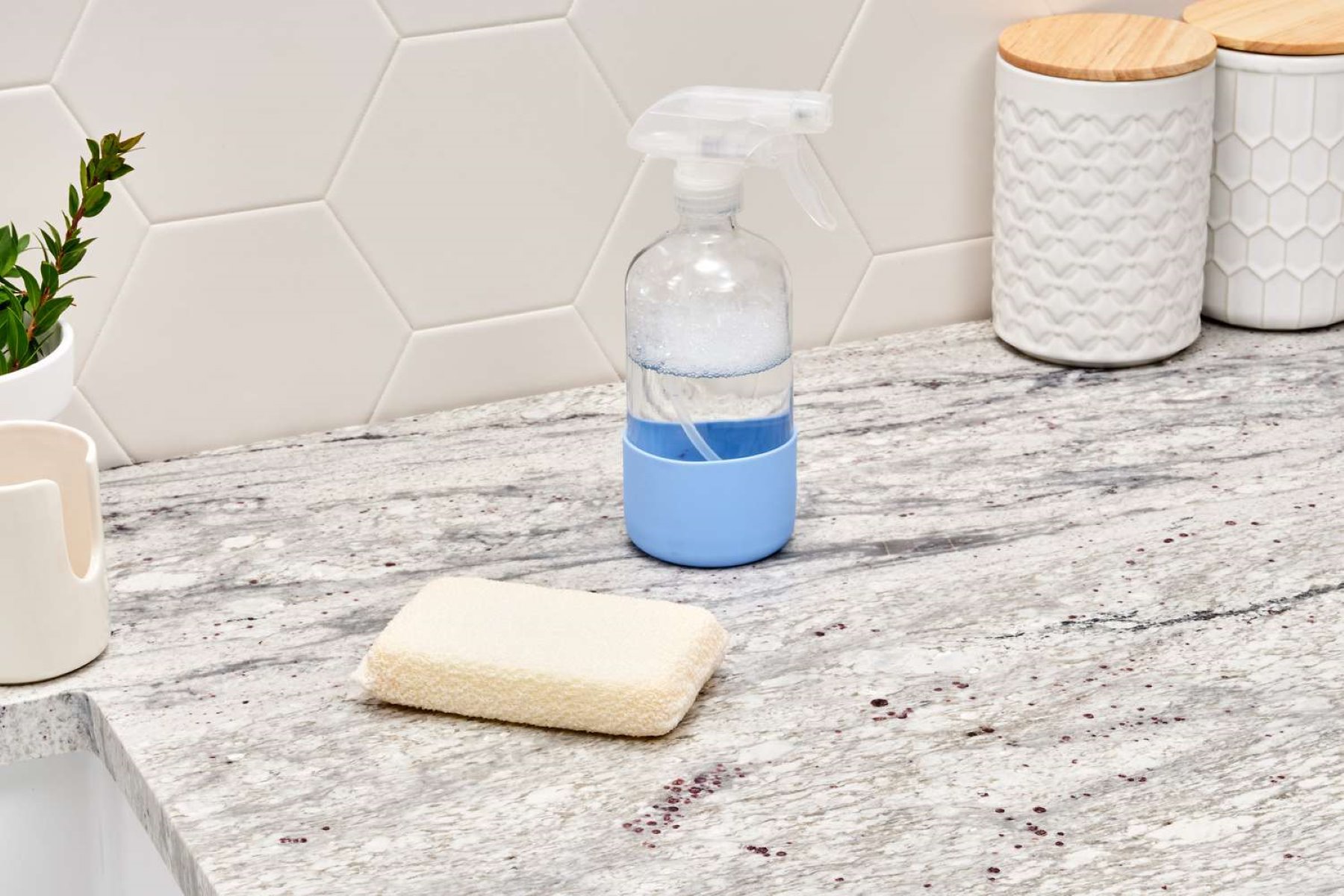
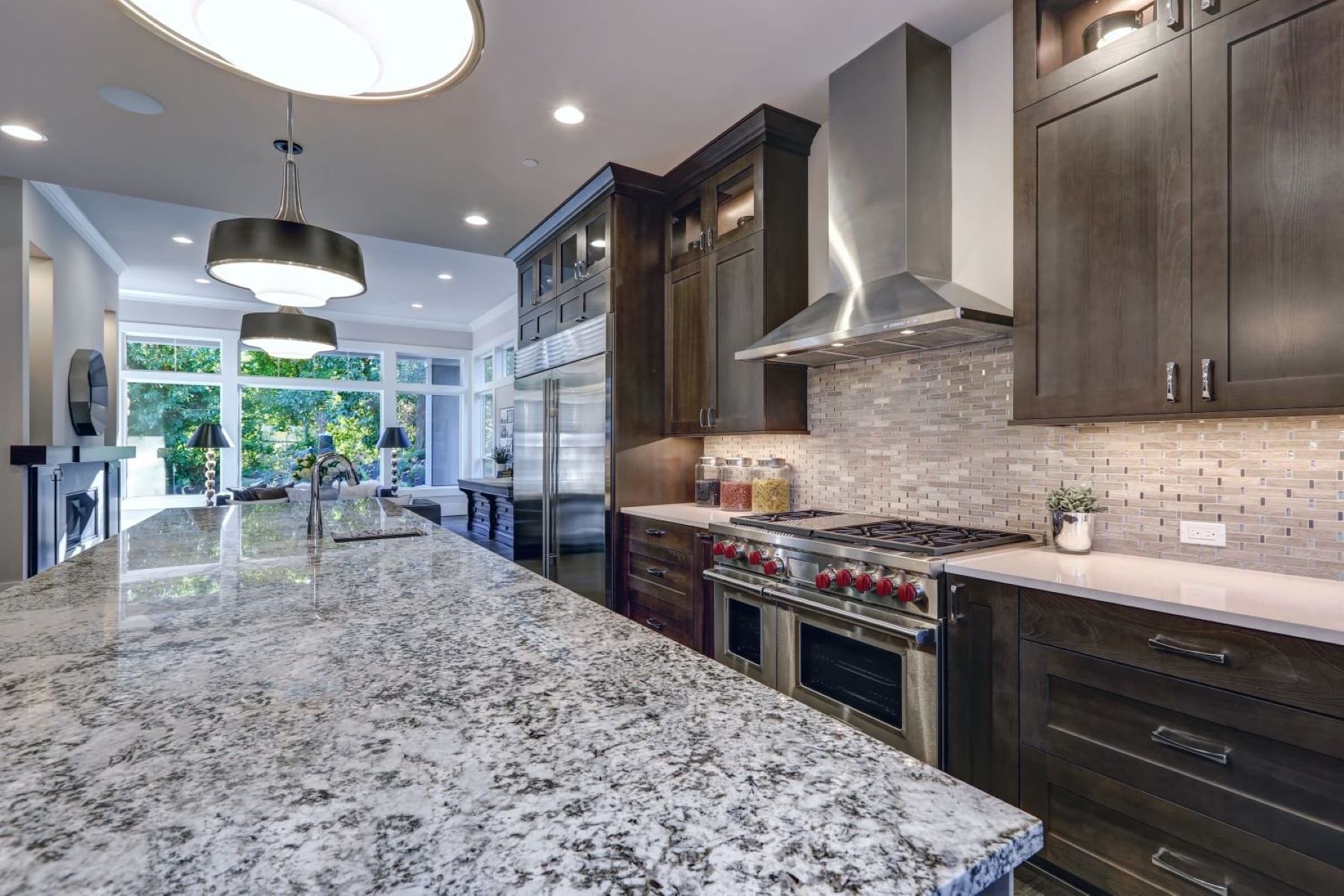
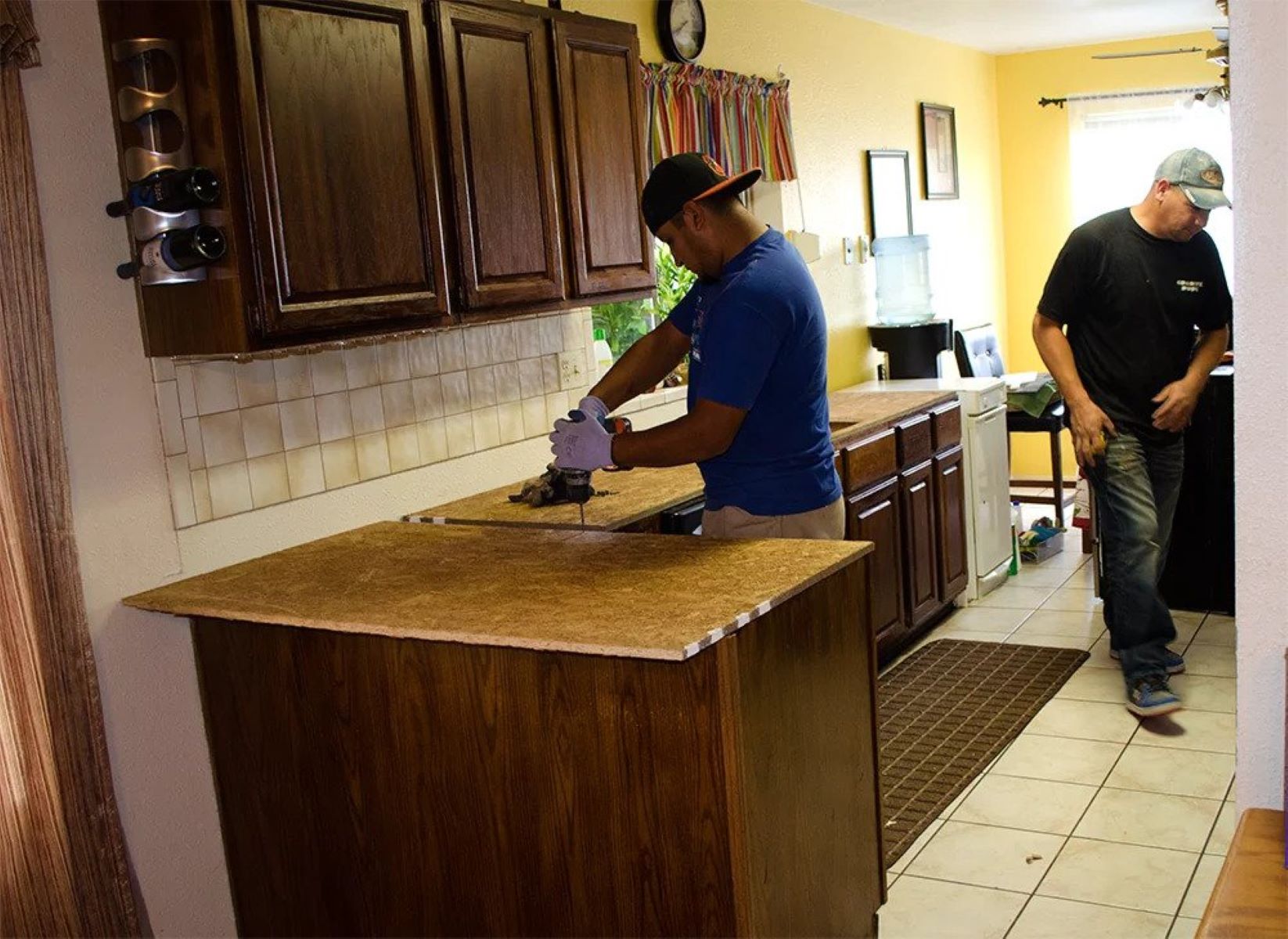
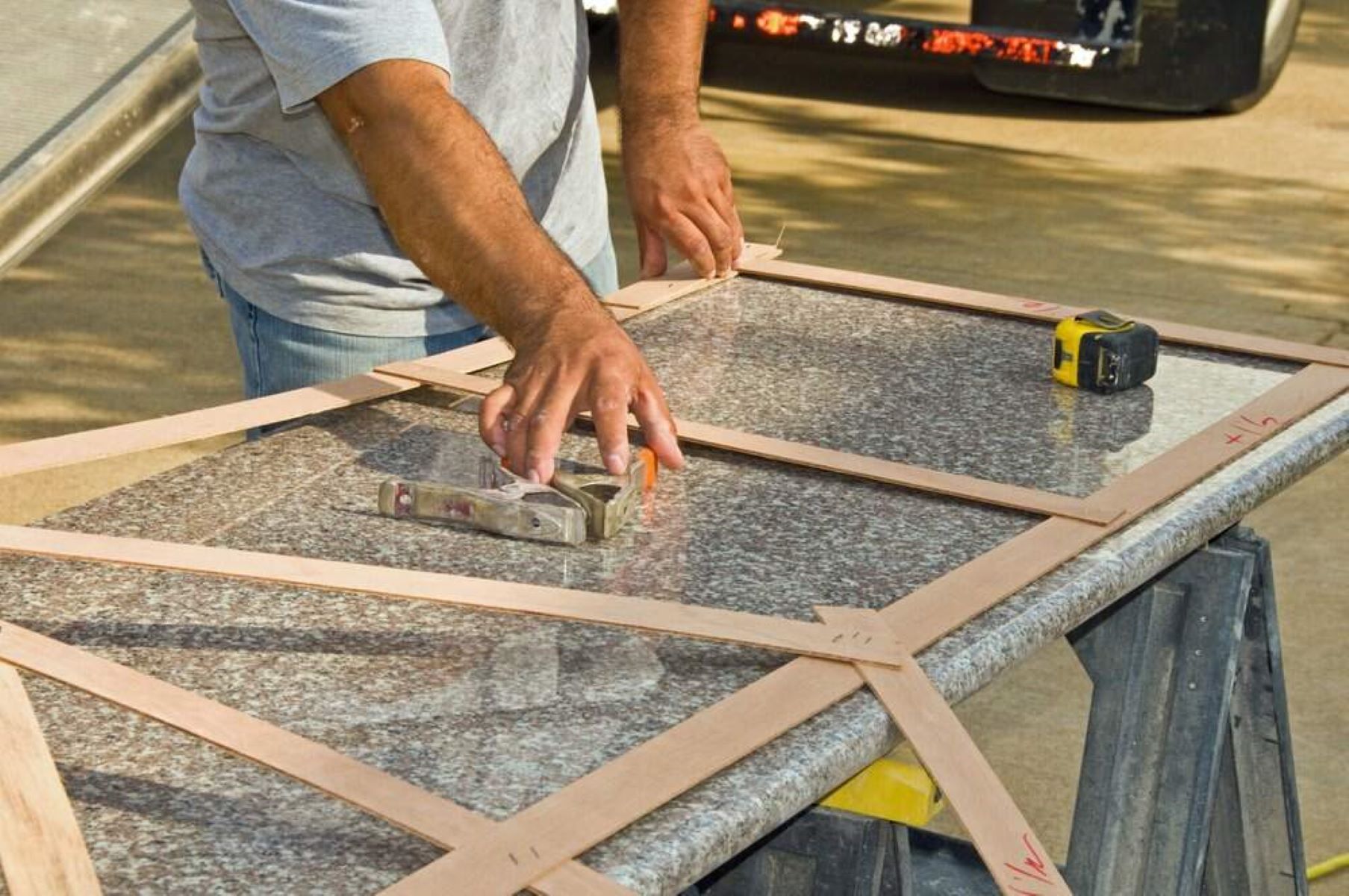
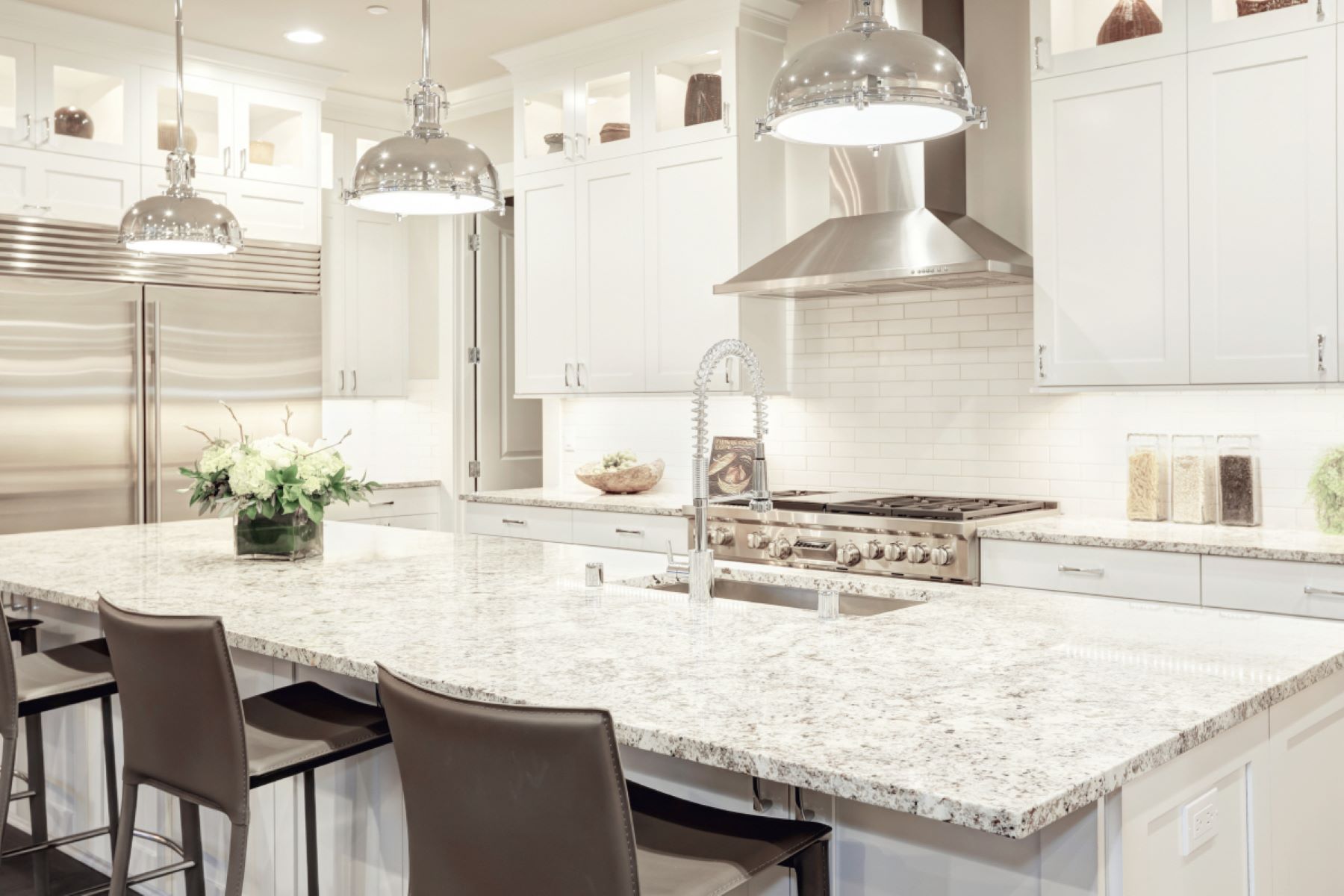
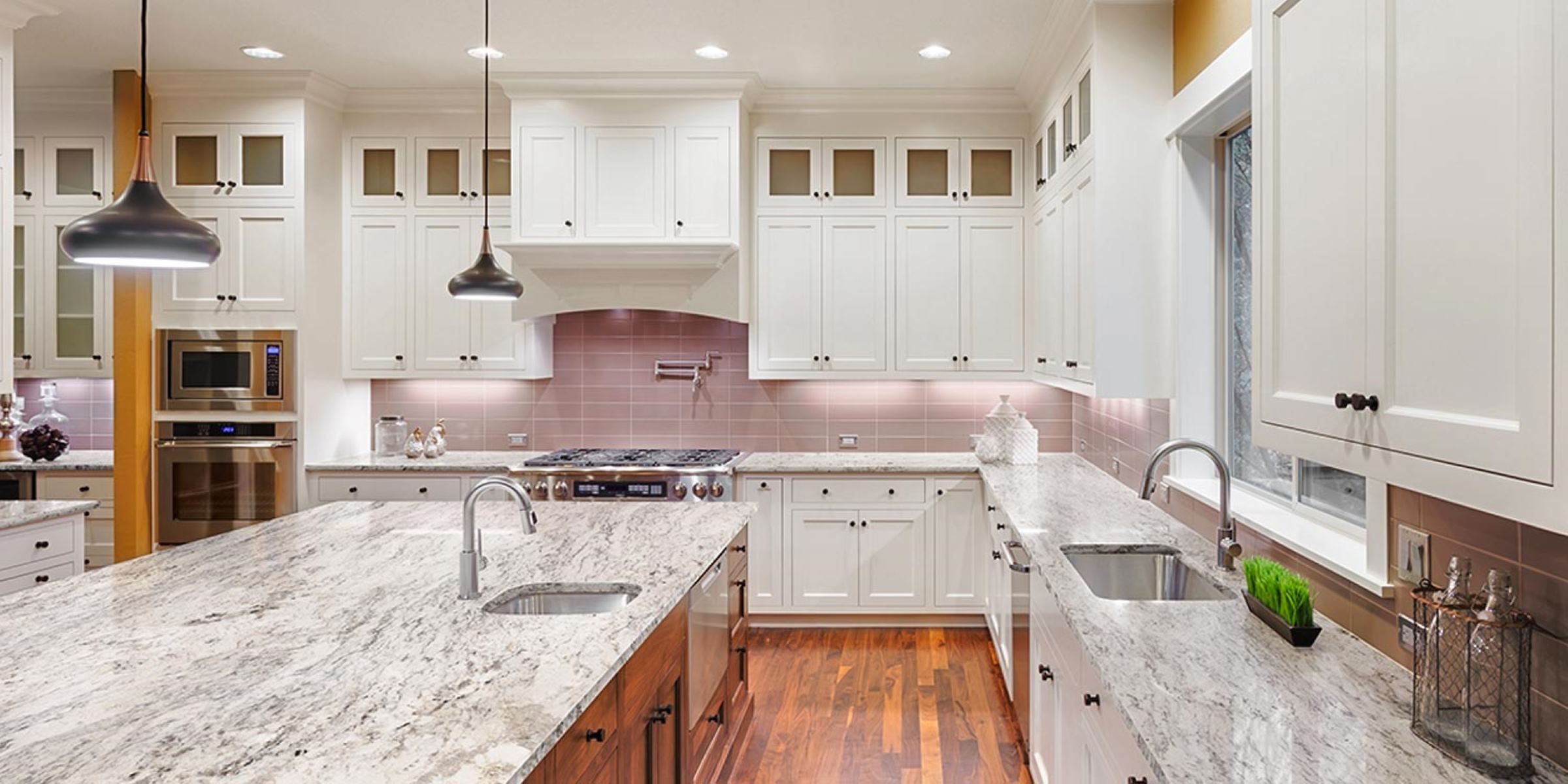
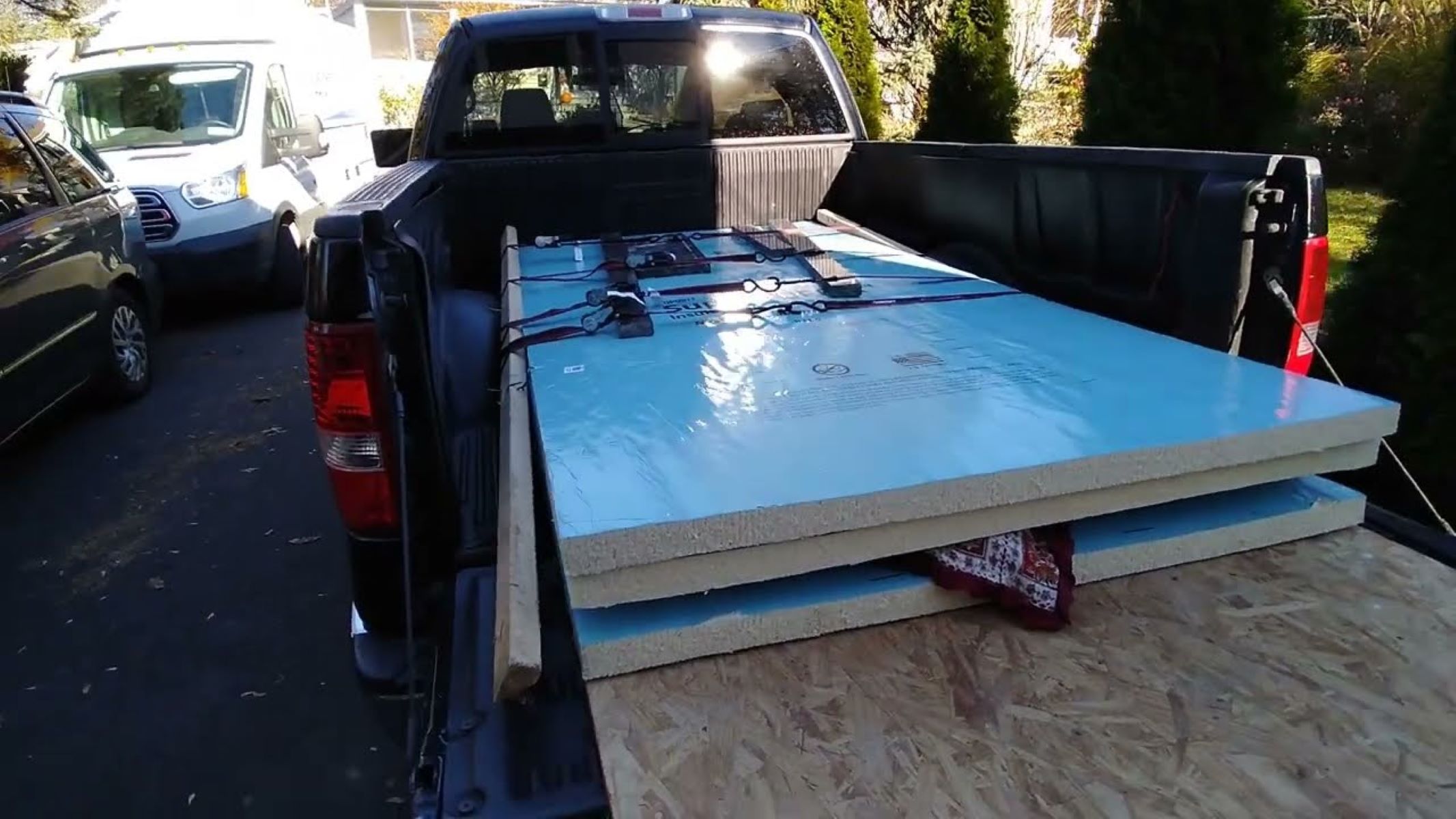
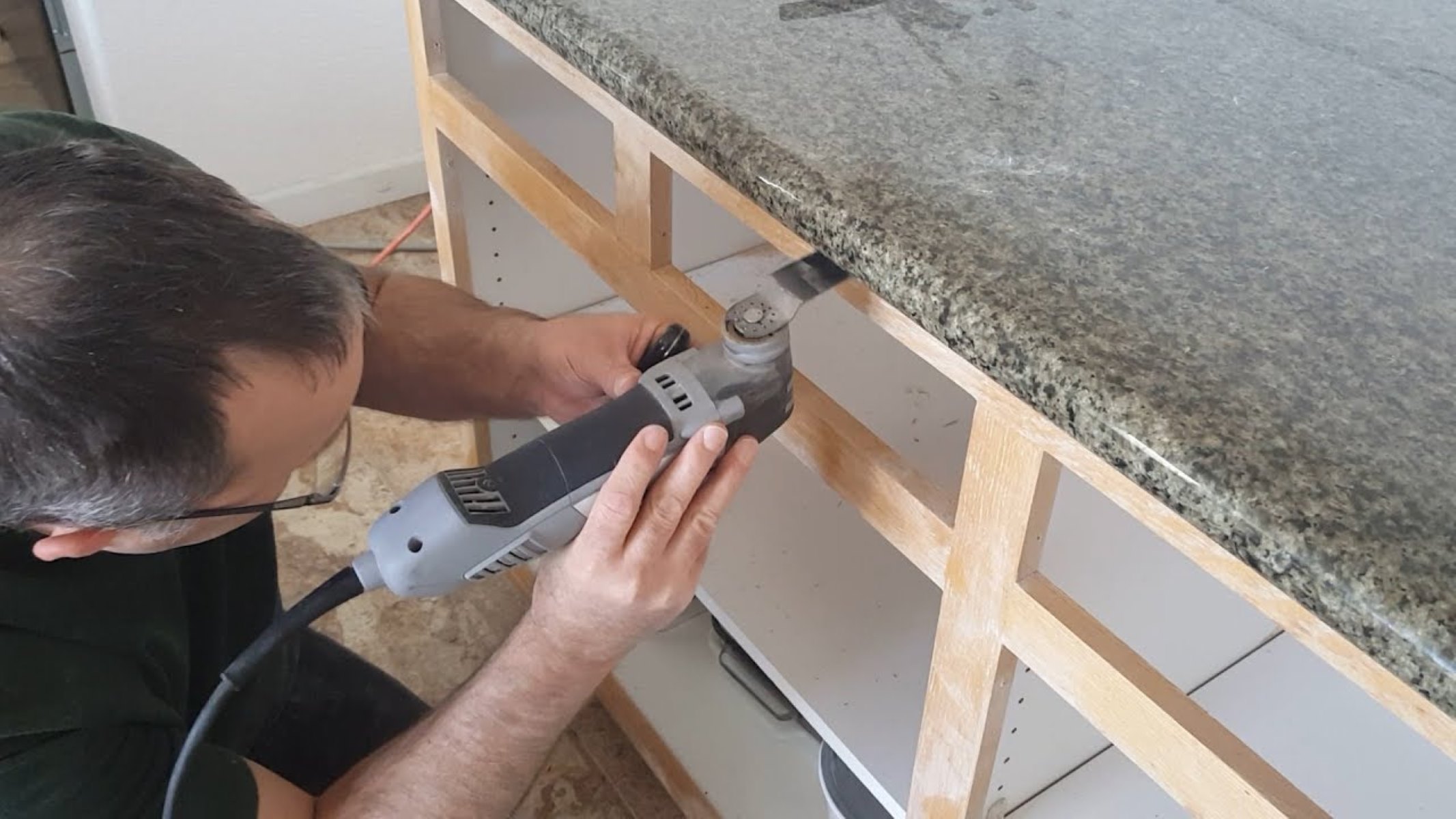
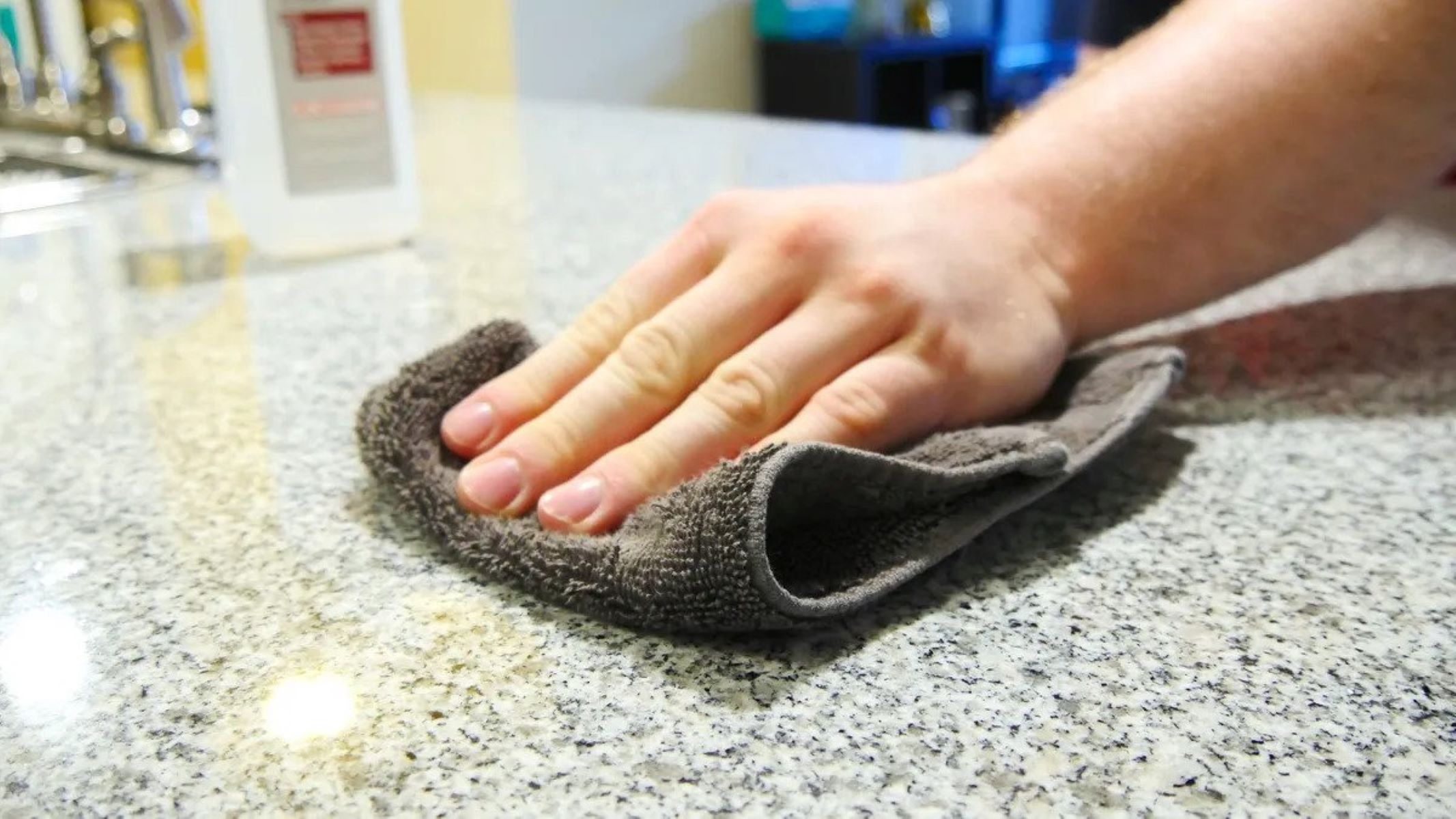

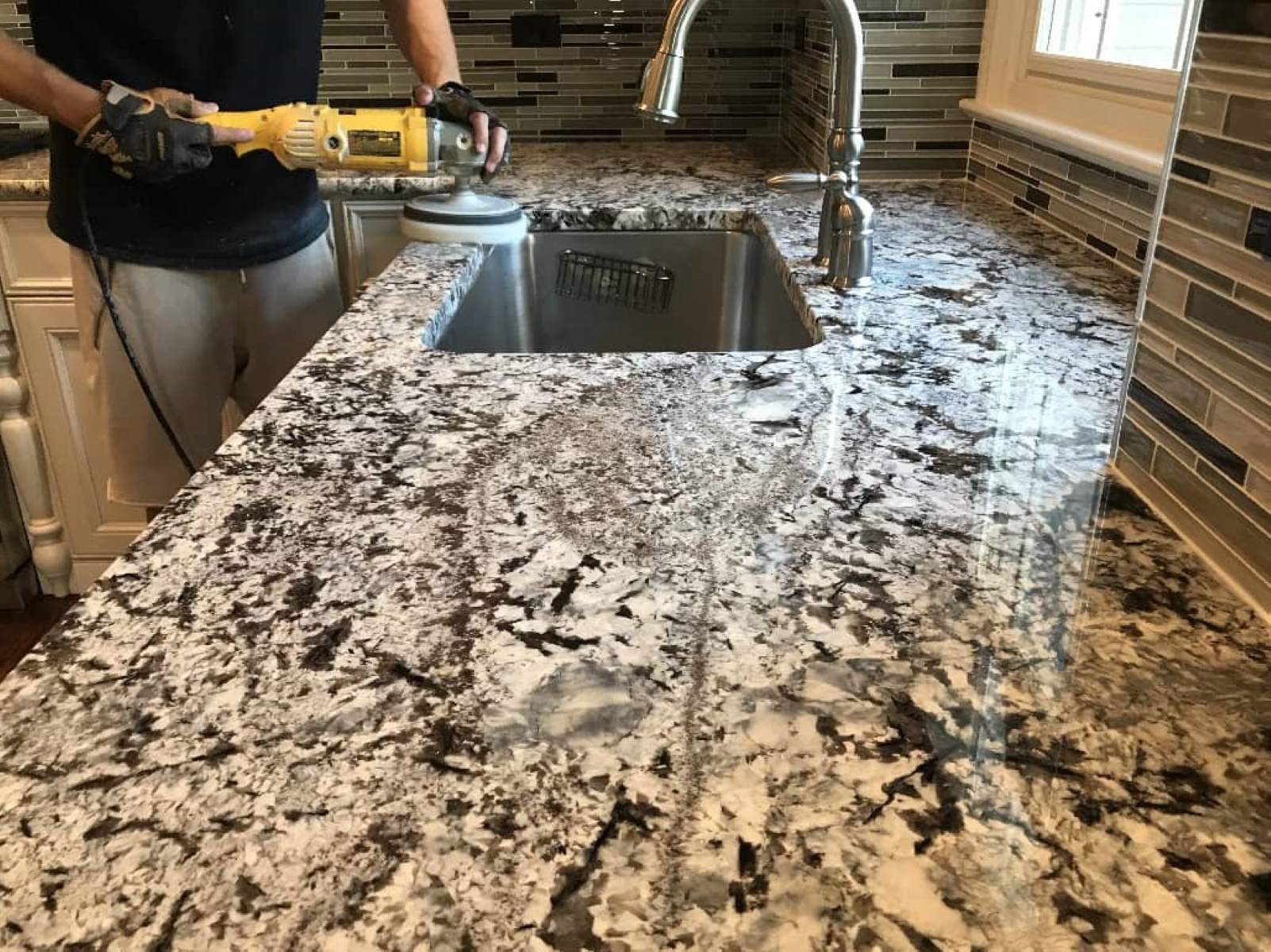
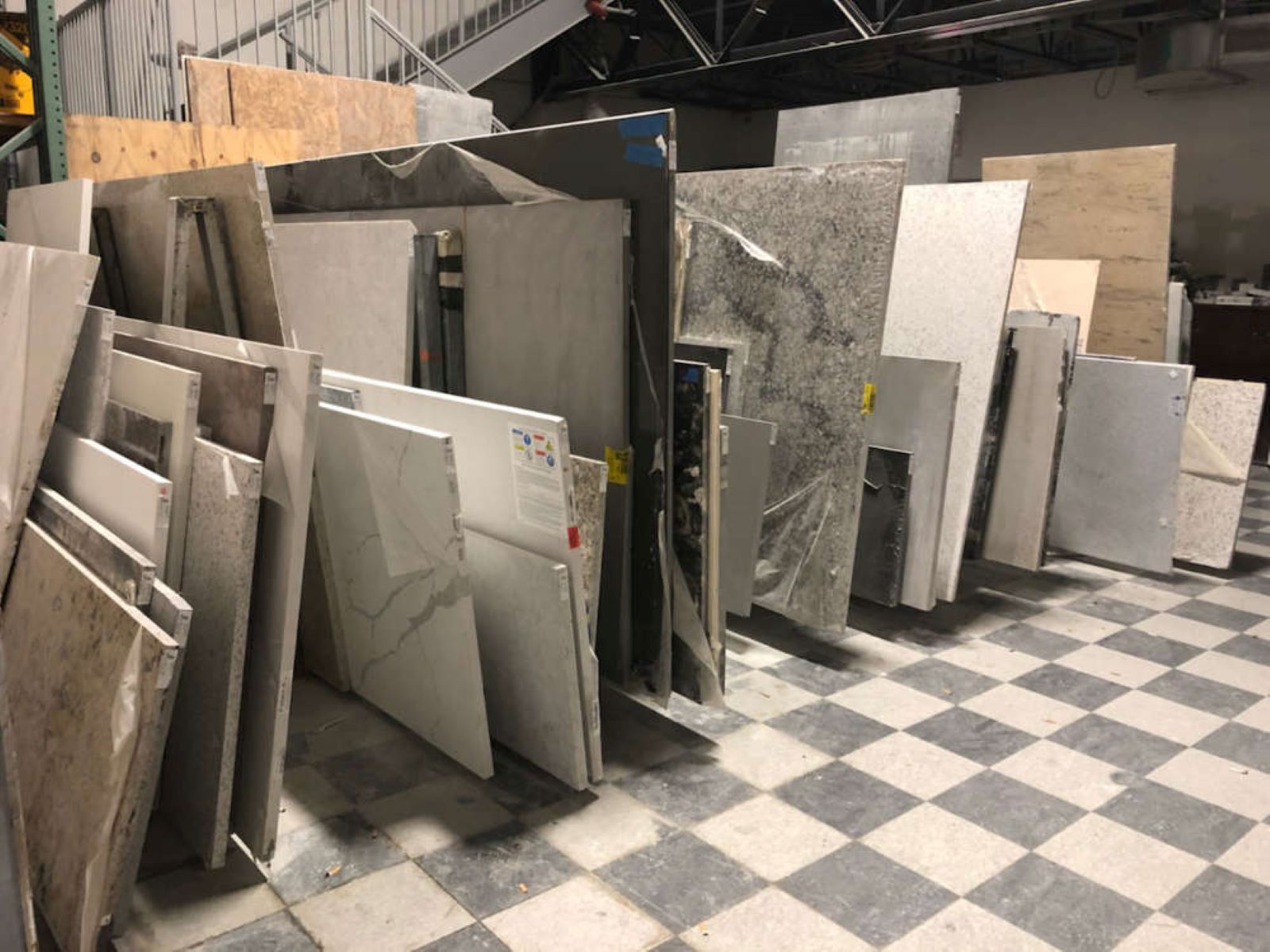
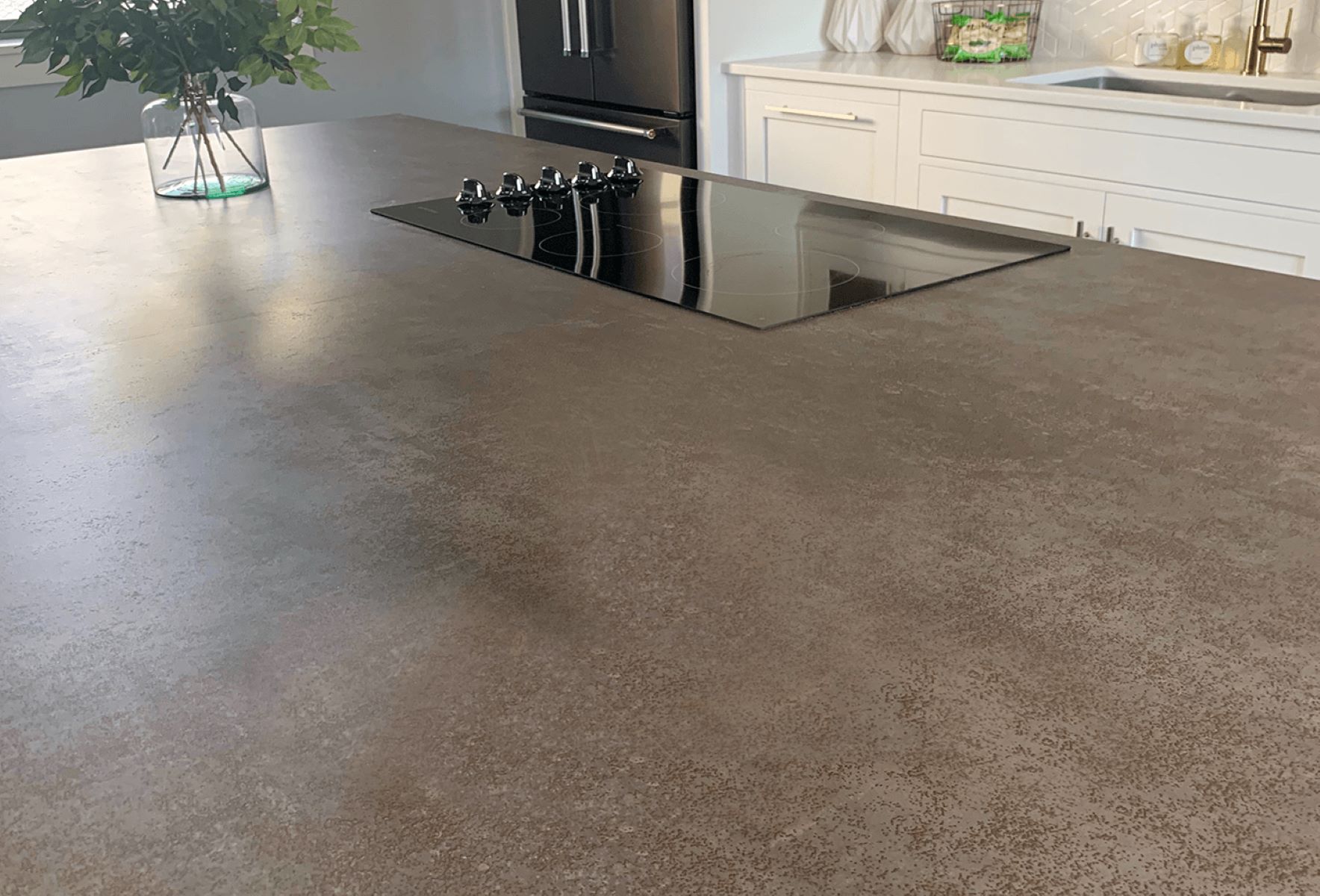
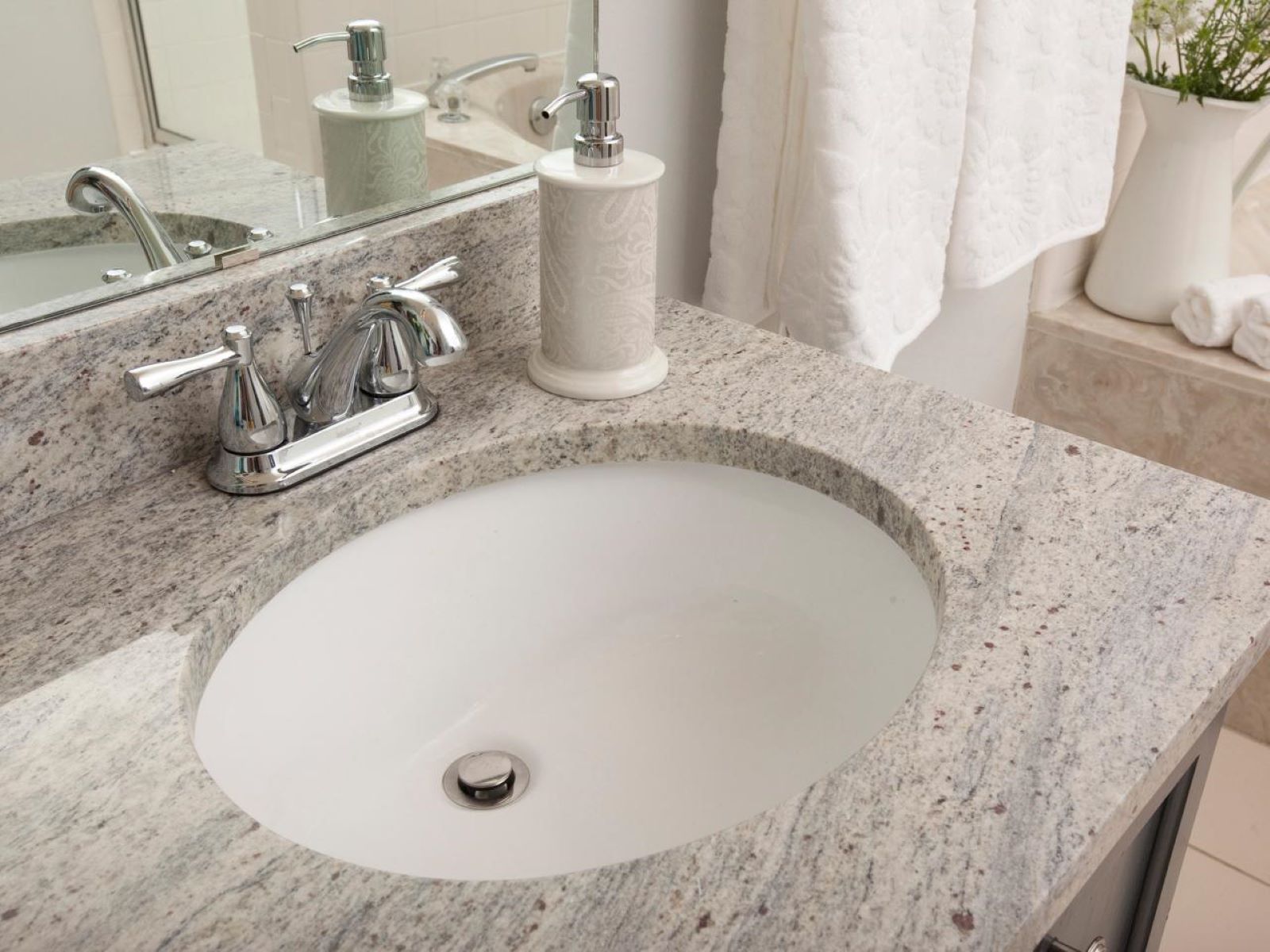

0 thoughts on “How To Seal Granite Countertops”